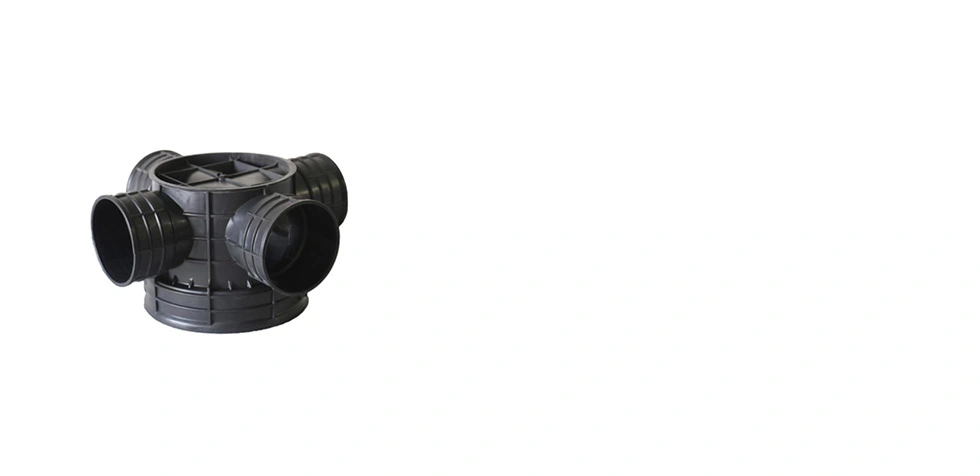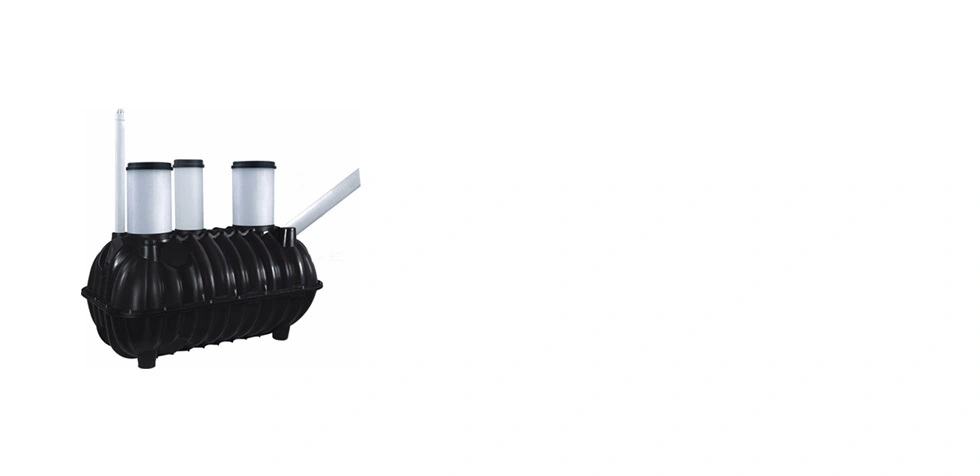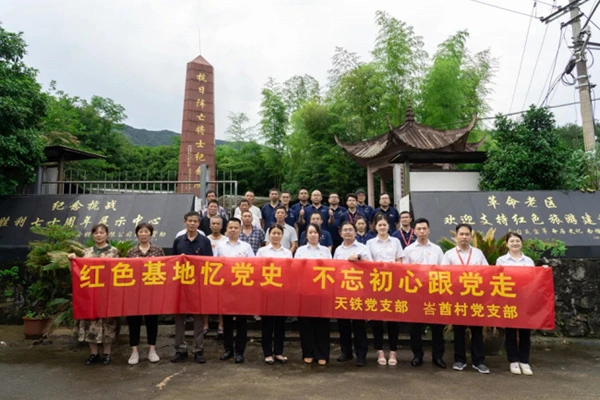In the face of inevitable earthquakes, it becomes imperative to protect our cities' infrastructure and ensure the safety of those residing within them. With seismic isolators playing a crucial role, buildings can now withstand the destructive forces of earthquakes. This article delves into the significance of seismic isolators and how they safeguard buildings in seismic events.
Understanding Seismic Isolators
Before delving into the details, it is important to comprehend what seismic isolators are and how they function. Seismic isolators are devices designed to separate the base of a structure from its foundation. These advanced devices act as shock absorbers during earthquakes, reducing the transmission of ground motion to the building above. By effectively isolating the structure, seismic isolators help dissipate the energy generated by seismic activities, preventing potential damage.
Strengthening Buildings
The use of seismic isolators for buildings has revolutionized the field of earthquake engineering. Traditional building foundations, though sturdy, are prone to damage during seismic events due to the transfer of ground motion. However, seismic isolators provide an innovative solution by decoupling the building from the ground. This decoupling mechanism enables the structure to move independently of the ground, ensuring the building remains intact even during intense shaking.
How Do Seismic Isolators Work?
Seismic base isolators consist of several components that work in harmony to protect buildings during earthquakes. The primary component is a bearing, often composed of alternating layers of steel and rubber. The rubber layers enhance flexibility, allowing the building to shift during an earthquake. The steel layers, on the other hand, provide stability and support.
In the event of an earthquake, the seismic isolators enable the building to sway in a controlled manner. This controlled movement helps in dissipating the seismic energy, minimizing the impact on the structure. By reducing the force transmitted to the building above, the risk of structural damage and collapse is significantly reduced. Seismic isolators serve as a crucial passive defense mechanism, protecting buildings and their occupants during seismic events.
Seismic Isolators for Buildings
Seismic isolators have become a critical aspect of building design, especially in earthquake-prone regions. Incorporating seismic isolators into the construction process enhances the seismic performance of the entire structure. The utilization of these advanced devices offers numerous benefits, including increased structural resilience and cost-effective earthquake protection.
In addition, the use of seismic isolators allows for greater architectural flexibility. By providing a reliable and efficient means of minimizing earthquake damage, architects can explore innovative designs without compromising on safety. The incorporation of seismic isolators ensures that the structure can withstand various levels of ground motion, providing occupants with peace of mind and protection.
In conclusion, seismic isolators are an indispensable feature in our pursuit of earthquake-resistant buildings. By minimizing the transfer of seismic forces to the structure above, these devices safeguard buildings and their occupants during earthquakes. The inclusion of seismic isolators in building design significantly enhances the structural resilience and longevity in high-risk regions. With ongoing advancements in the field of earthquake engineering, seismic isolators are proving to be the foundation for safer, more resilient cities.
 Natural Rubber Bearing
Natural Rubber Bearing
 Lead Rubber Bearing
Lead Rubber Bearing
 High Damping Rubber Bearing
High Damping Rubber Bearing
 Elastic Bearing
Elastic Bearing
 Friction Pendulum Seismic Isolation
Friction Pendulum Seismic Isolation
 Simple Support For Village And Town Houses
Simple Support For Village And Town Houses






















